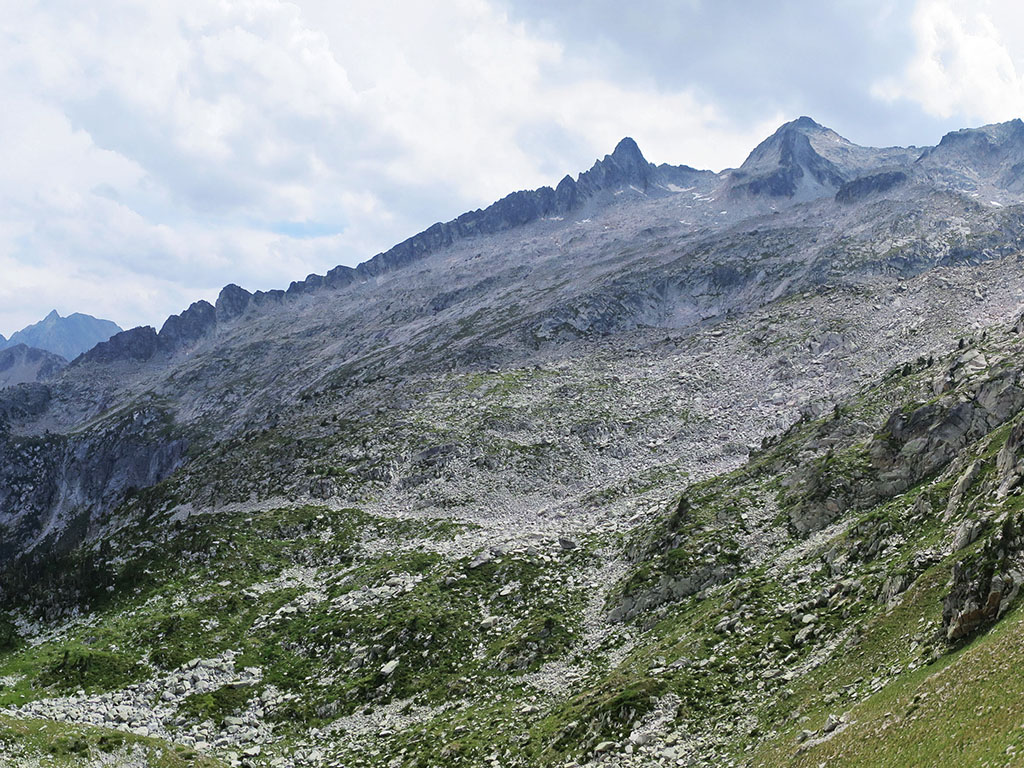Pyrenean three-thousanders
The Pyrenees are a paradise for mountain lovers, hosting more than 200 summits above 3,000 metres. These summits offer challenges for all levels, from accessible routes for insiders to technical promotions for experienced mountaineers.
Easy three-thousanders for beginners
If you are just starting out in the world of high altitude mountaineering, there are several three mountains in the Pyrenees which are ideal for beginners. Summits such as the Pic de Néouvielle (3,091 m) or the Great Astazu (3,071 m) offer relatively accessible ascents, with well-marked routes and no complicated technical steps. However, always remember to take the right equipment and check the weather conditions before starting the climb.
Latest articles
Winter routes to Tresmiles
Winter transforms the Pyrenees into a spectacular but challenging setting. Winter ascents such as those of Monte Perdido (3,355 m) or Aneto (3,404 m) require experience in the use of crampons and ice axe, as well as a solid knowledge of snow and ice. These adventures offer a unique experience, but should be approached with the utmost caution and preparation.
The most emblematic summits
Among the most emblematic peaks in the Pyrenees are Aneto, the highest mountain at 3,404 metres, and Monte Perdido, famous for its impressive altitude of 3,355 metres and the dangerous spittoon on its final stretch. These peaks are not only physical challenges, but also offer panoramic views that will take the breath away from any adventurer.
Map of the Tresmiles
Use our interactive map to explore the Pyrenean three-thousanders. Each point on the map provides detailed information on the altitude, difficulty and access routes to each peak. Ideal for planning your next expedition in an informed and safe way.
Practical advice and preparation
Preparing properly to climb a 3,000m is crucial. From choosing the right equipment to route planning and acclimatisation, every detail counts. Check out our practical tips to make sure your Pyrenees adventure is safe and successful. Don't forget to check the state of the shelters and weather conditions before your departure.

